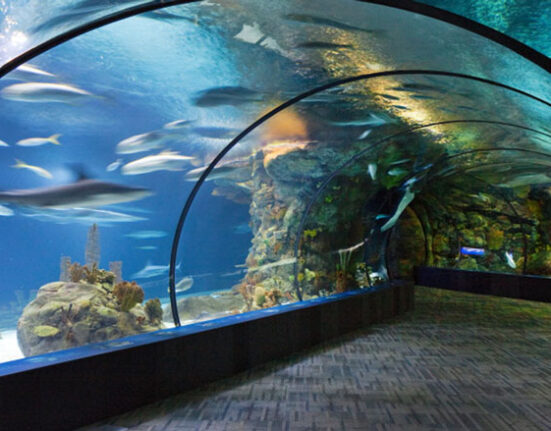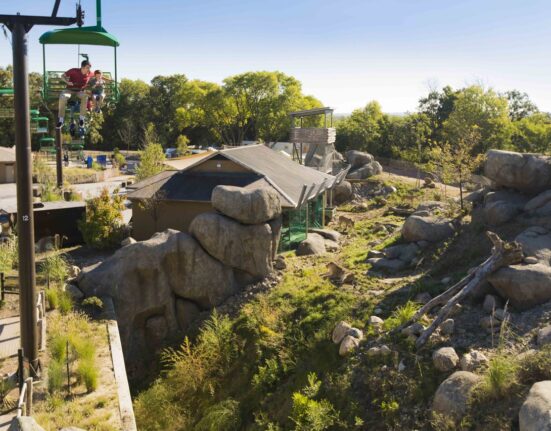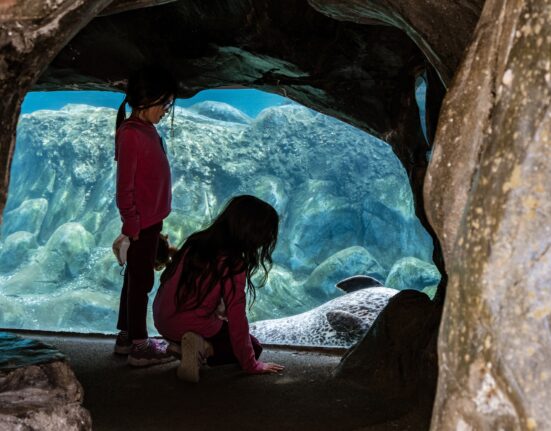Earlier this month, Omaha’s Henry Doorly Zoo and Aquarium was part of the third and most successful release of zoo-bred dusky gopher frogs to date. The Zoo, in collaboration with the Memphis Zoo, Detroit Zoo, Dallas Zoo and Birmingham Zoo, released 291 of the critically endangered species into restored habitat in Mississippi on October 12.
The release is part of an ongoing, large-scale effort to establish a new self-sustaining population of dusky gopher frogs, which at one point had possibly less than 75 adults left in the wild. Following this year’s trip, Omaha’s Zoo and Aquarium has released a total of 434 frogs into the Mississippi habitat. Last year, the first year that a dusky gopher frog release was possible, two trips resulted in the release of 98 froglets.
VI Alpha Tags, small fluorescent tags with an alphanumeric code designed to identify individual animals, were inserted into the froglets’ thighs. The tags will allow researchers to track the frogs bred at Omaha’s Zoo and Aquarium.
The released froglets were produced through an in-vitro fertilization procedure and the collaborative efforts between the Zoo’s Amphibian Conservation Area and Reproductive Sciences Department, the Memphis Zoo and the United States Fish and Wildlife Services (USFWS). The procedure is a 15-day process that spans four weeks and uses 62 adult frogs.
Dusky gopher frogs, also referred to as Mississippi gopher frogs, were identified as an endangered species in 2001 and are currently listed as critically endangered by the IUCN Red List of Threatened Species. Omaha’s Henry Doorly Zoo and Aquarium has been working with the frogs through the AZA dusky gopher frog Species Survival Plan (SSP) since 2004. This is the forth species of amphibian to be released to its natural habitat from the Zoo’s Amphibian Conservation Area since its inception in 2007.
Omaha’s Henry Doorly Zoo and Aquarium’s Amphibian Conservation Area was developed in 2007 as an ambitious project to continue to enhance the Zoo’s commitment to helping with the Global Amphibian Extinction crisis. What began with two species and two isolation rooms has now evolved into more than 20 species of endangered amphibians in a high quarantine area. This 4,200 square-foot
off-exhibit space consists of 13 individual rooms, each with its own heating and cooling unit, as well as the capability to produce feeder insects in-house. Of the 17 endangered species in the Amphibian Conservation Area, four have been returned to the wild with 58,125 individual specimens represented.






Leave feedback about this